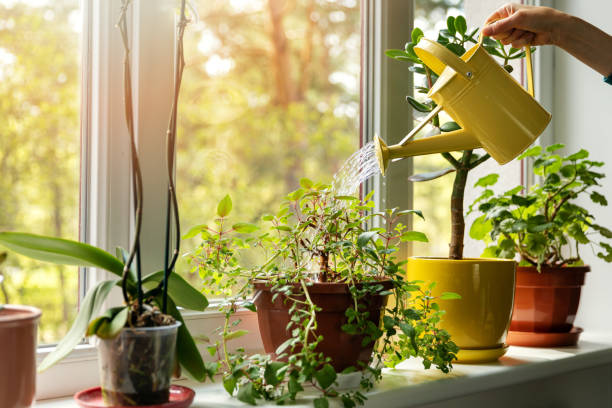
FAQ About Plant Care
Plant Care
2 years ago | gizem
What are some common signs of plant pests and diseases?
Several signs indicate the presence of pests or diseases on plants. Here are some common signs to watch for:
- Chewed or damaged leaves: Irregular holes, notches, or missing sections on leaves may indicate the presence of chewing insects like caterpillars or beetles.
- Discolored or yellowing leaves: Yellowing, wilting, or browning leaves can be a sign of various issues, including nutrient deficiencies, overwatering, fungal diseases, or pests.
- Spots or lesions on leaves: Circular or irregular spots, lesions, or discoloration on leaves can be caused by fungal or bacterial infections.
- Stunted growth or deformed leaves: If your plant is not growing properly or the leaves are twisted, curled, or distorted, it may be due to viral infections or the presence of aphids, mites, or other sucking insects.
- Sticky residue on leaves: Sticky, shiny residue on leaves, called honeydew, is often a sign of aphid, scale, or mealybug infestation. This residue can also attract ants.
- Webbing or silk-like threads: Spider mites, as well as some caterpillars, create fine webbing or silk-like threads on the plant's surface. These webs are often noticeable on the undersides of leaves.
- Presence of insects: Observe your plants for the presence of insects such as aphids, mealybugs, scale insects, whiteflies, or caterpillars. Look for them on leaves, stems, flowers, or in the soil around the plant.
- Wilting or drooping: Sudden wilting or drooping of a previously healthy plant can indicate root rot, fungal diseases, or pest damage affecting the plant's vascular system.
- Excessive leaf drop: If your plant is dropping an excessive number of leaves, it could be a response to stress, disease, or pest infestation.
- Abnormal growths or abnormalities: Unusual growths, galls, or abnormal swellings on leaves, stems, or roots can indicate the presence of pests or diseases.
